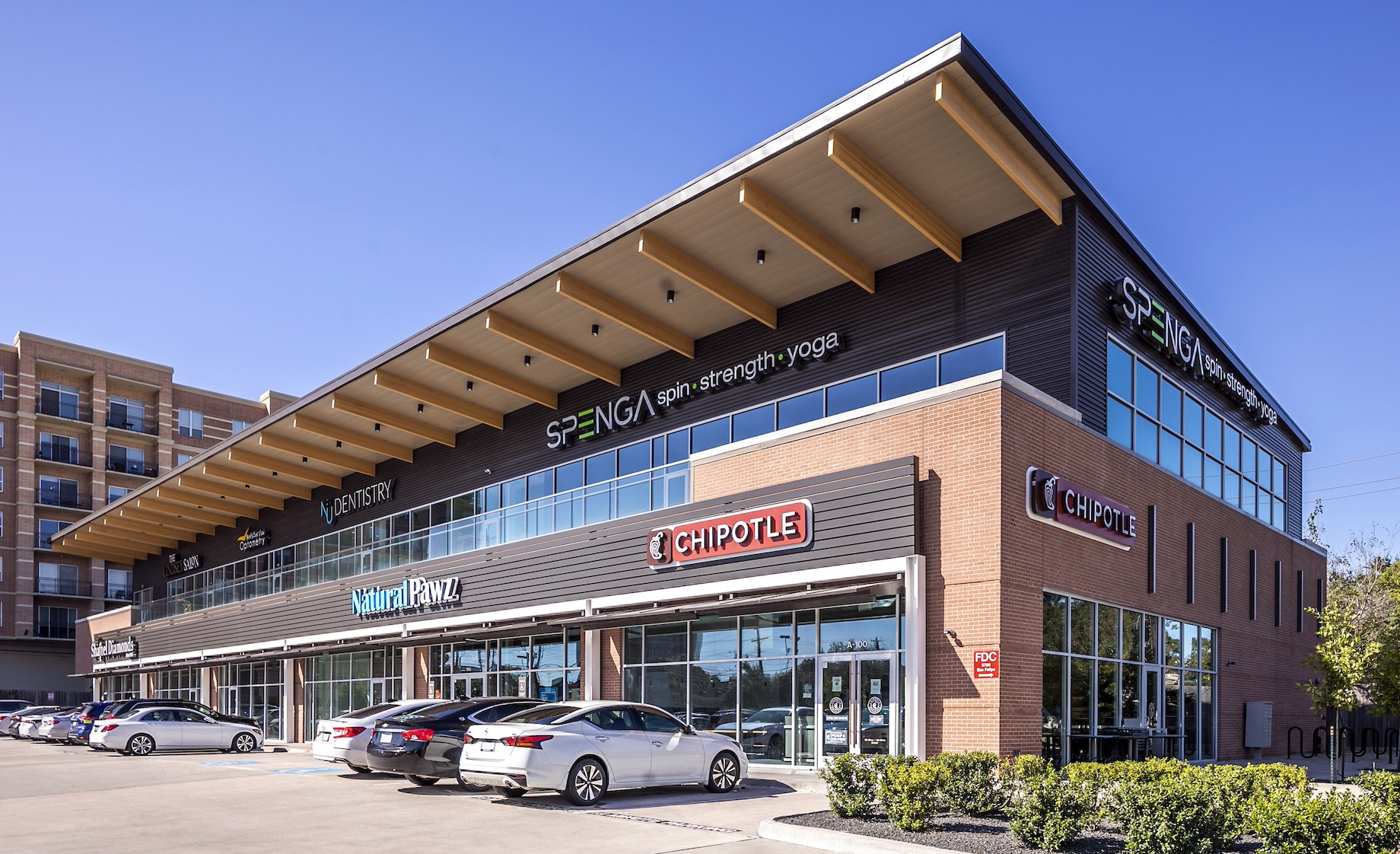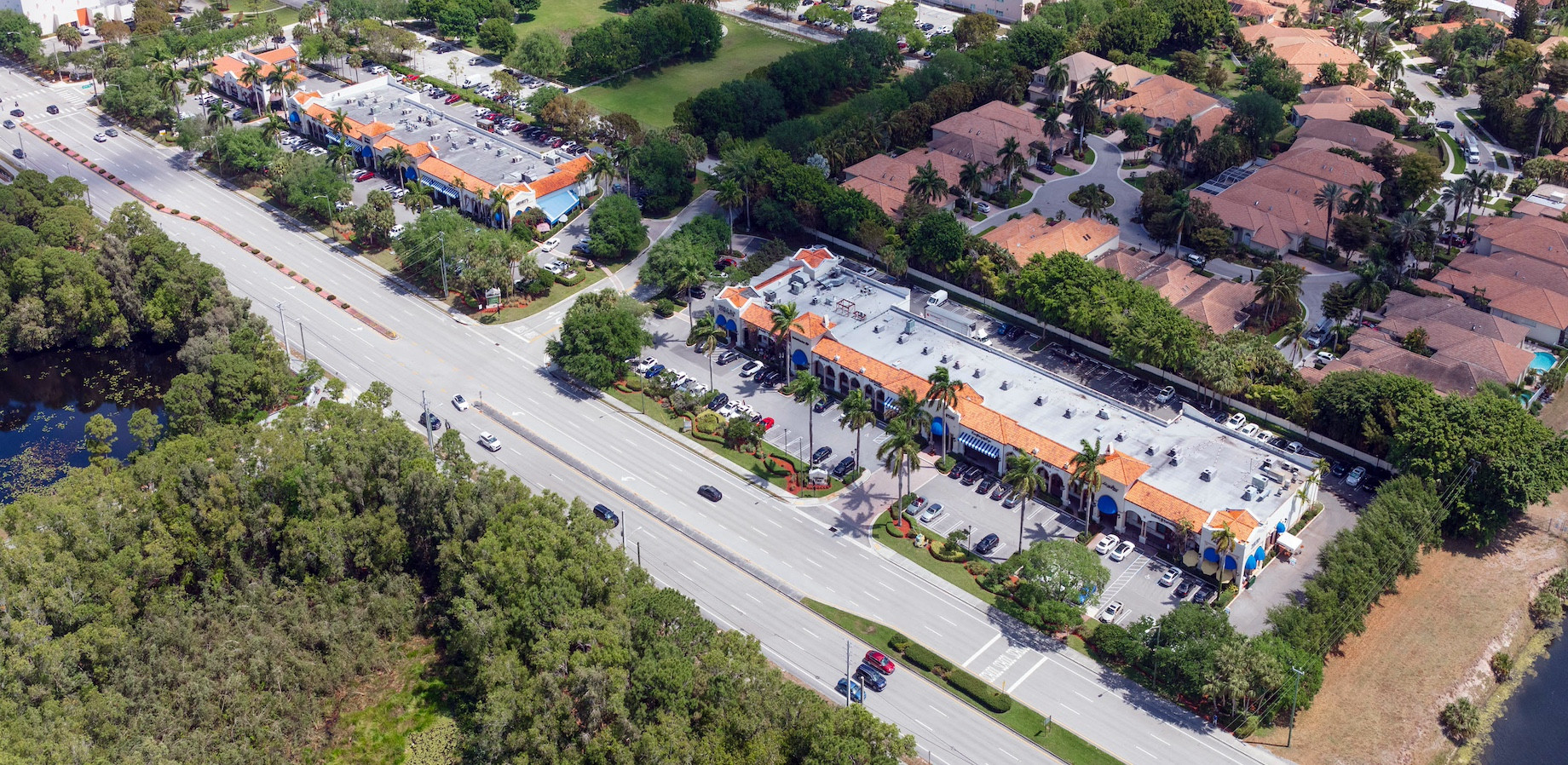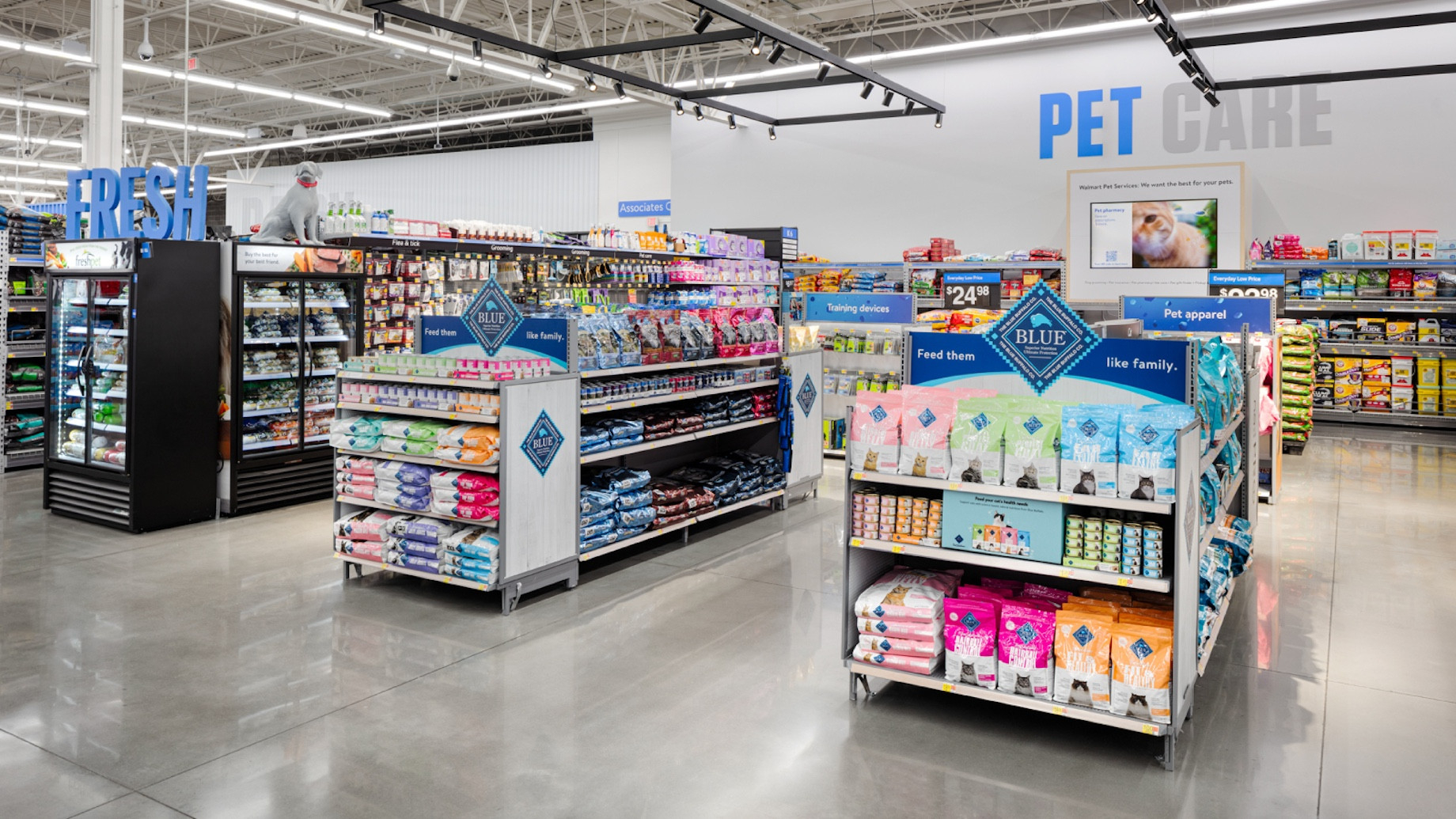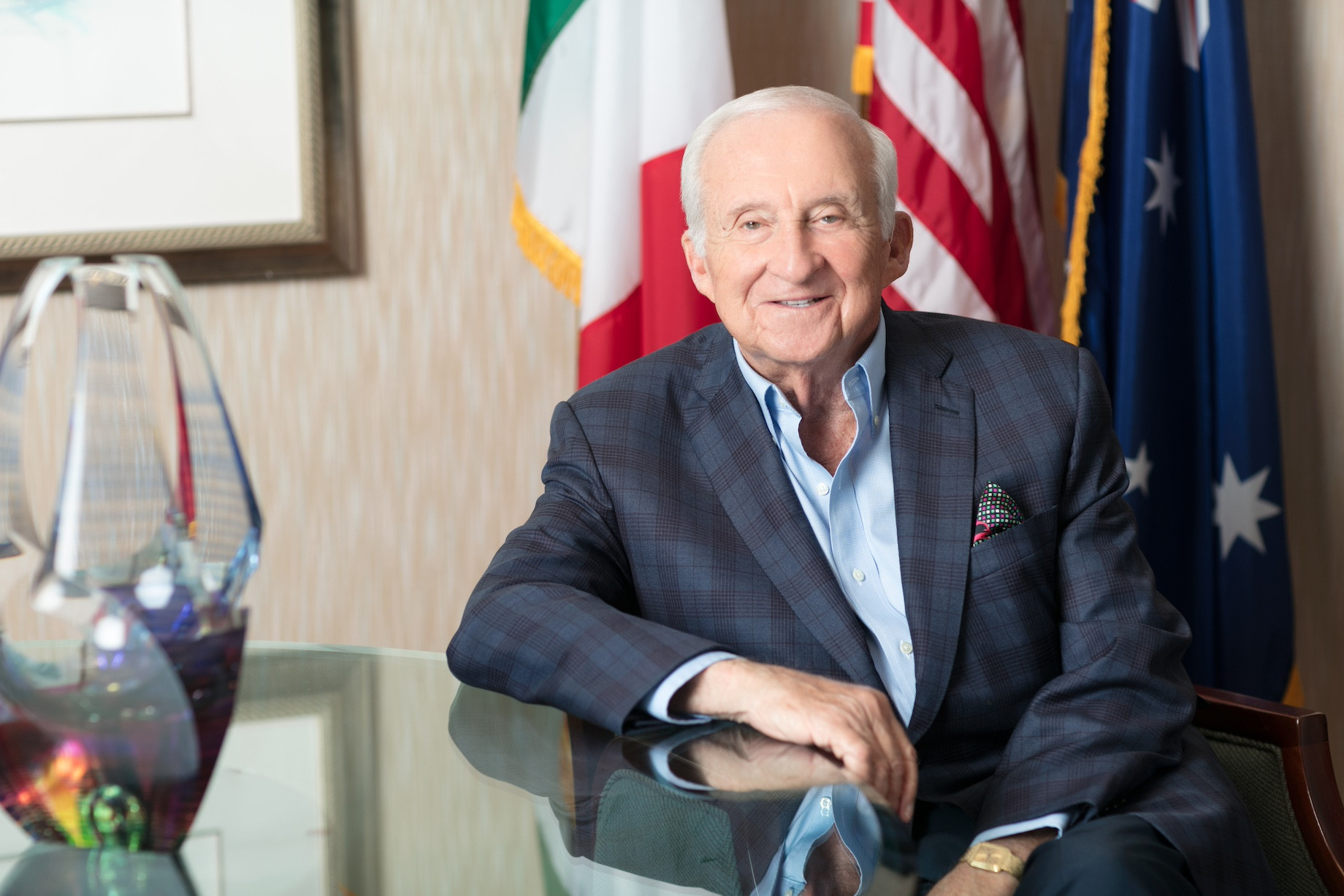Site Centers Plans to Spin Off REIT for Unanchored Properties
Site Centers plans to capitalize on growing interest in unanchored open-air centers by launching a REIT called Curbline Properties. This company, valued at $1.7 billion, will own and manage all of Site Centers’ properties that don’t have grocery or big-box anchors. Curbline’s portfolio will number 61 properties while Site Centers will retain 83, the company said. David Lukes will serve as president and CEO of both REITs.

The 61 properties Site Centers has spun off into Curbline Properties include Houston’s Shops at Tanglewood, above, and Alpharetta, Georgia’s Shoppes of Crabapple, pictured at top.
At ICSC New York in December 2022, speakers noted price-gap opportunity for investors in non-grocery-anchored open-air centers.
To prepare for the spinoff of Curbline Properties, Site Centers has sold 11 anchored shopping centers for $645.6 million since June 30, and it has more assets under contract for disposition. The company has also acquired three unanchored strip centers for $28.1 million and subdivided existing assets to separate anchored and strip center parcels wherever possible.

Curbline Properties’ Shoppes at Addison Place in Delray Beach, Florida
Unanchored, open-air centers make up a large portion of the existing U.S. retail real estate supply, but they largely are owned by small, private companies. Site Centers bought its first unanchored strip mall — in a suburb of Austin, Texas — in 2019 after noticing that Chipotle, Starbucks and Chase were opening shop in such properties.
Simon Ups Stake in Taubman Realty Group
Simon has increased its stake in its joint venture with the Taubman family to 84%. Simon acquired 80% of the portfolio, now called The Taubman Realty Group LP, in 2020. Last quarter, the Taubman family exercised an option to sell 4% of its remaining 20% ownership to Simon, leaving Taubman with a 16% stake in the portfolio. The deal values the TRG portfolio in the same $3.6 billion price range at which it was priced before the pandemic, Simon president and CEO David Simon said on an earnings call. The Taubman family will have the option to sell another chunk of its remaining stake to Simon next year, he added. “We’re happy to own 100% of TRG,” he said. “I think they’re happy to do what they’re doing and we’ll deal with it as time goes on.”
Walmart Spent $500 Million Updating 117 Stores. Check Out the Results
Walmart is investing $9 billion in a two-year effort to upgrade and modernize its U.S. stores, planning to revamp more than 1,400 U.S. locations. The upgrades will improve layouts, expand product selections and add technology. As part of that two-year project, Walmart last week relaunched 117 stores in 30 states, representing over $500 million in investments.

Walmart is upping its display game. More exciting displays are featured at the corners of certain departments to pull customers in and help them touch, feel and become part of the space.
The remodeled stores feature repainted exteriors and interiors, new signs and more shopping carts. They also include larger online grocery pickup and deliver areas to accommodate growing demand and to serve more customers shopping online.
In many locations, pharmacies have moved to the front of the stores and now include private screening rooms. And dollar store sections offer seasonal merchandise while grab-and-go sections feature snacks and beverages.

Walmart has created more space for customers to explore and discover what their local stores have to offer.
“Every change is thoughtful. They all ladder up to a greater goal: to meet our customers wherever they are, leveraging our stores to welcome people to a more modern, highly-connected Walmart,” Walmart Realty senior vice president Hunter Hart wrote in a blog post about the revamped stores.
Drone Landing Pads and 6 More Emerging Technologies for the Marketplaces Industry
Smart real estate operators are breaking down data silos, futurist Nikki Greenberg told attendees at the recent ICSC@WESTERN. Merging all data streams, from customer traffic to energy management, is essential to maximizing the profitability of a portfolio, she said. Greenberg highlighted technologies that are still in development but sure to transform the industry by helping operators cull data, reuse obsolete space and speed delivery of new space. Firms that follow the below trends early will have a competitive advantage, she said.
- Generative AI design software can create different floor plan options for a specific building, allowing retailers to simulate different merchandise and traffic layouts quickly. A retailer can rank parameters to decide which floor plan best suits its needs.
- Mall rooftop parking lots that can withstand large loads are being converted into landing pads for drone delivery.
- Parking decks are being repurposed with horizontal shelving storage instead of vertical, as short robots can navigate low ceilinged-but-long storage units to retrieve and deliver merchandise.
- High-tech warehouses are adding conveyer belt systems that speed the offloading of pallets and crates.
- Scientists have developed an amorphous “slime robot” controlled by magnets. It can squeeze into previously unreachable spaces like pipes and cracks in walls to make repairs.
- Stanford University has designed a pair of “charisma glasses” hooked into ChatGPT that could tell salespeople what to say when interacting with customers.
- Experts are training artificial intelligence-based building management systems to conduct preventative maintenance on buildings based on past issues.
Phillips Edison & Co. Names Incoming President

Devin Murphy will step down as president of Phillips Edison & Co. on Dec. 31. Bob Myers, currently executive vice president and COO, will become president on Jan. 1. Joe Schlosser, currently senior vice president of portfolio management, will become executive vice president and COO. The changes are the culmination of the company’s long-standing succession plan. Murphy, who joined PECO in 2013, will serve as managing director of investment management through his planned retirement at the end of June 2024. He’s in discussions to join the board of directors following his retirement.
Florida Developer and Former ICSC Chair Mel Sembler Has Died

Mel Sembler — a former ICSC chair, pioneering retail property developer and former U.S. ambassador to Australia and to Italy — died at the age of 93. Sembler founded his shopping center development firm in Tennessee in 1962. Today, the firm is known as Sembler, and his son Greg serves as CEO and son Brent as vice chair. In 1968, the firm moved its headquarters to St. Petersburg, Florida. Sembler’s companies developed 30 million square feet worth of retail properties across the Tampa area, ranging from grocery-anchored centers to experiential destinations like Centro Ybor. Sembler was an ICSC member and volunteer for 25 years, culminating in his selection as chair for the 1986-87 term. The Melvin Sembler Building in Rome was dedicated in 2005, the first time the U.S. government named an overseas building after a serving ambassador, according to the Tampa Bay Times.
Sember released a statement that reads: “On Tuesday, October 31, our beloved founder, leader, and longtime Chairman Emeritus, Ambassador Mel Sembler, passed away surrounded by his loving family. Ambassador Sembler was our charismatic and passionate leader that embodied excellence through his business pursuits, community service and civic endeavors. It is impossible to capture how he touched the lives of his family, friends and employees. His indelible mark will continue to guide us as we honor his legacy. He was the truest friend and leader to all.”
By Brannon Boswell
Executive Editor, Commerce + Communities Today